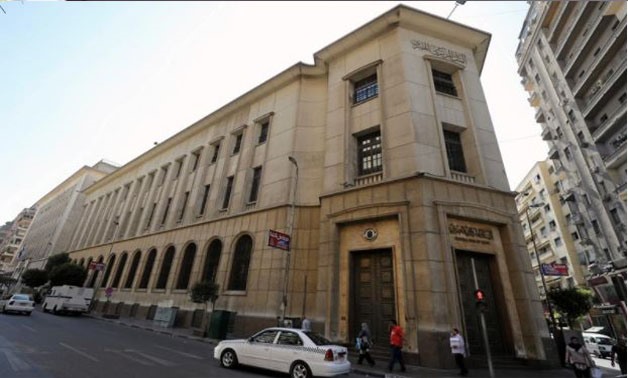
Central Bank of Egypt's headquarters seen in downtown Cairo, Egypt, September 7, 2017 - Reuters/Mohamed Abd El-Ghany
CAIRO – 4 October 2017: The Central Bank of Egypt (CBE) raised the Required Reserve Ratio (RRR) on local currency deposits to 14 percent from 10 percent for domestic banks this week. The decision is effective as of October 10.
Egypt Today explains in a snapshot what is the Required Reserve Ratio and what it is used for.
What is the Required Reserve Ratio?
The Required Reserve Ratio (RRR) is a monetary policy tool used by many central banks, especially in developing and emerging markets, to regulate the money supply in the market. It is the fraction of deposits that regulators require a bank to hold in reserves and not loan out. It is generally determined by the central bank to be no less than a specified percentage of the amount of deposit liabilities the commercial bank owes to its customers. The commercial bank's reserves normally consist of cash owned by the bank and stored physically in the bank vault (vault cash).
What it is used for?
The RRR can be used as a monetary policy as it can influence the liquidity in the financial system. For example, the higher the reserve requirement is set, the less funds banks will have to loan out, leading to lower money creation and perhaps to higher purchasing power of the money previously in use. Central banks in this case are executing contractionary monetary policy that reduces liquidity and slows economic activity.
But when the central bank reduces the reserve requirement, it's exercising expansionary monetary policy that creates more money in the banking system.
This what the CBE did in 2012, when it reduced the RRR twice to reach 10 percent, from 14 percent. The aim of the move was to increase the liquidity of the banking sector.
At what percent the CBE set the RRR?
In Egypt, the reserves ratio was kept steady at 14 percent from 2001 till 2012, when it was gradually lowered to reach 10 percent to support the Egyptian banking sector amid unstable political and economic conditions following the 25 January Revolution of 2011. The move aimed to provide banks with more cash to lend to the government and businesses.
Why the CBE raised the RRR?
The CBE said in a statement that in the light of the Egyptian banks’ strong financial indicators and improving performance and profitability that have been reflected in the financial and monetary stability, it is appropriate to restore the ratio back to previous rates.

Comments
Leave a Comment